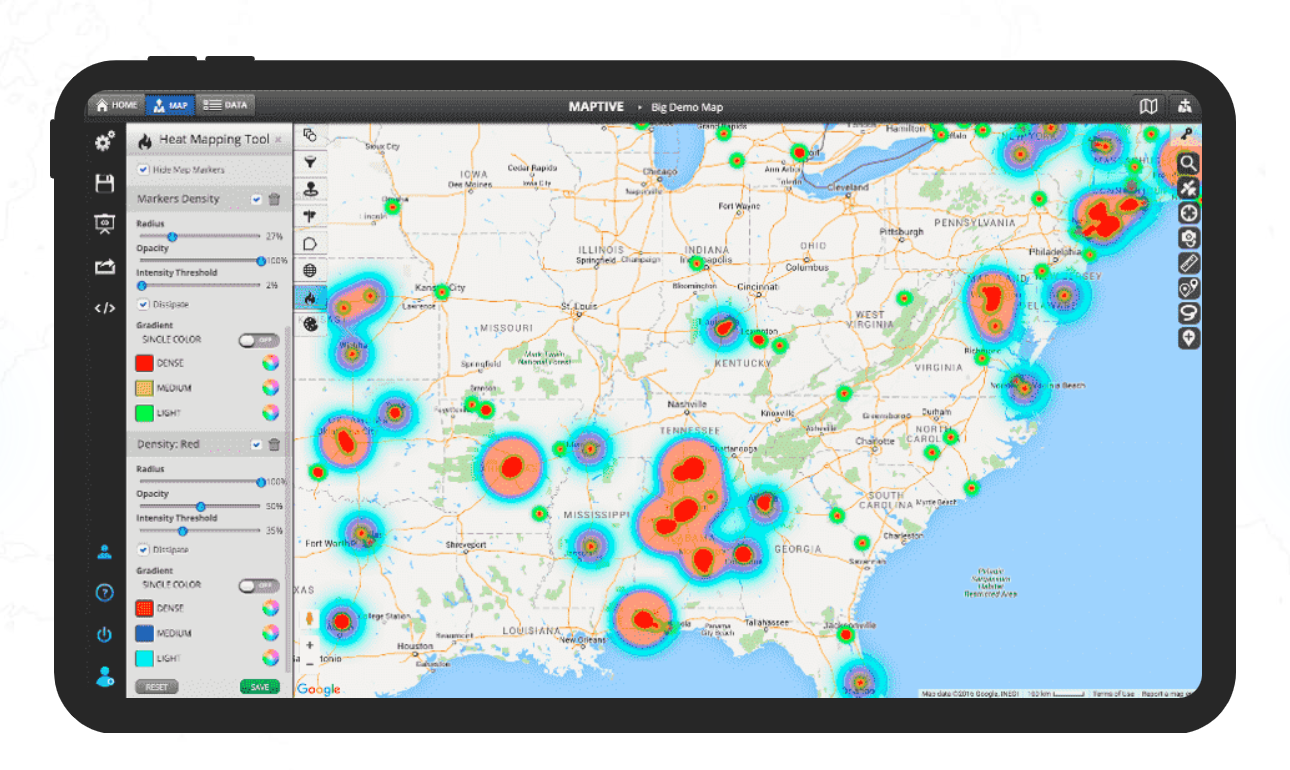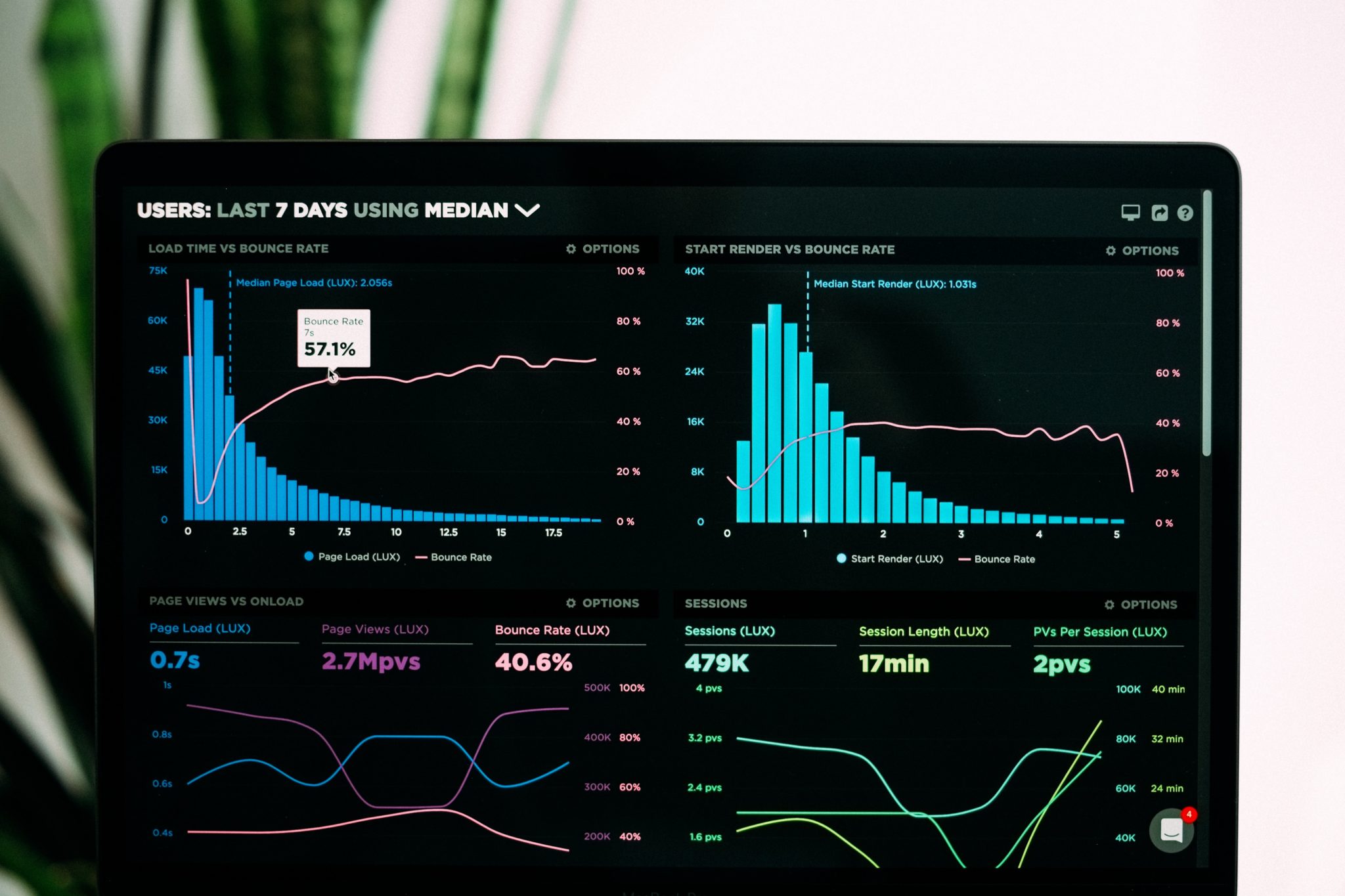Leveraging Software Solutions for Enhanced Data Analysis in Competitive Markets
Leveraging software solutions for enhanced data analysis is crucial for gaining a competitive edge in today’s fast-paced markets. This guide looks at three useful tools and shows you how to choose the right software solution for your needs. It also answers common questions about software solutions and how they help companies be more competitive.
Analytics Tools
Google Analytics 360 is a free analytics platform with ROI analysis among other in-depth performance indicators. Its main function is to reveal how customers interact with apps and websites to identify effective content.
The system connects with POS systems and CRMs to provide insight into customer behavior. Using machine learning, it discovers customer trends, identifies high-revenue customers, and shows which content converts the most.
Data analyses generate shareable reports with options for a synoptic overview. The platform integrates with AdWords, AdSense, etc. It is for marketers and online businesses in every sector.
Mapping Tools
The impact of Google Maps has been profound, with the tool serving more than a billion people in over 220 countries each month. Maptive is a territory mapping tool that runs on Google Maps and allows sales professionals to distribute sales territories to the respective reps. Then, the reps can see which potential customers they’ll be responsible for on that territory, making it easy to visualize new sales opportunities.

They can use route optimization to create the most efficient sales routes quickly and easily. Inbuilt directional tools provide detailed directions. All of this saves sales reps time, which they can spend convincing customers to buy from them.
Qualitative Research Tools
Qualitative research helps businesses drive growth by providing insights into customer behavior, preferences, and needs. Taguette is a free qualitative research tool. You import research materials, tag, and highlight quotes, and export the outcomes.
Taguette is a good option because qualitative research tools either perform quantitative analysis, are too expensive, or make it impossible to highlight and tag materials.
What to Look For In Data Analysis Software
Ensure the software can integrate with various data sources, such as databases, cloud services, APIs, etc. Encrypt and protect data via reliable user access controls.
You need adequate storage solutions for managing large datasets, including support for big data. The constantly growing big data analytics market is predicted to reach $349.56 billion in 2024. The software should be capable of handling large volumes of data without performance issues and scaling as your data grows.
You also need advanced statistical tools for deep data analysis and predictive analytics tools. Machine learning and AI can predict future market trends based on historical data. In 2024, 79% of corporations report AI is critical to their success, and half express intentions to automate their business strategy tasks. By 2025, the AI industry is expected to employ almost 100 million people.
In addition, your software should have the following capabilities:
- Analyze data in real-time for timely decision-making.
- Customizable dashboards that provide interactive data visualizations.
- Customize views, reports, and dashboards to fit specific requirements.
Finally, consider the vendor’s reputation and track record in the industry by reading reviews, testimonials, and case studies from other users.
FAQs
How does data analysis help you be more competitive?
In 2024, the most competitive industries are e-commerce, technology, renewable energy, social assistance services, and health and wellness.
Within the area of business services, scientific and technical ones lead the charge with an estimated growth of 11% between 2021 and 2031. They will create 70% of the new jobs in the industry.
Online retail and e-commerce are molding consumer behavior. By 2025, the global e-commerce market will surpass $7 trillion. Data analytics help companies evaluate their competitors by analyzing consumer behavior, market trends, and pricing strategies. Software solutions help interpret and consolidate data, helping companies stay competitive regardless of their industry.
What are some data analysis trends in 2024 that we can’t ignore?
The most important trends in 2024 are data visualization, smarter analytics with AI, generative AI, and natural language processing.
What are the main types of data analytics tools?
- Diagnostic analytics
- Descriptive analytics
- Predictive analytics
- Big data analytics
- Prescriptive analytics
- Real-time analytics
- Text analytics
This article has been published in accordance with Socialnomics’ disclosure policy.










